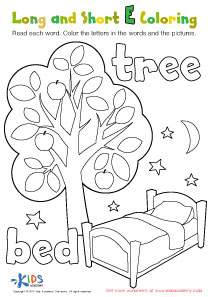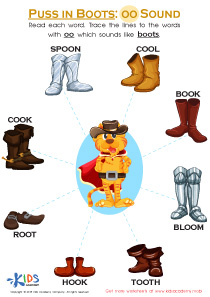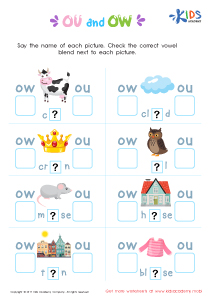Reading comprehension Normal Short Vowels Worksheets for Ages 7-8
5 filtered results
-
From - To
Boost your child's reading skills with our engaging Normal Short Vowels Worksheets designed specifically for ages 7-8. These interactive resources focus on short vowel sounds, helping young learners improve their reading comprehension through fun and age-appropriate exercises. Each worksheet features captivating stories and questions that encourage critical thinking and reinforce phonetic awareness. By working through these materials, kids will develop essential vocabulary and grammar skills while fostering a love for reading. Perfect for home or classroom use, our carefully crafted worksheets ensure that your 7-8-year-olds build confidence in their reading abilities while enjoying the process of learning. Discover the joy of reading today!
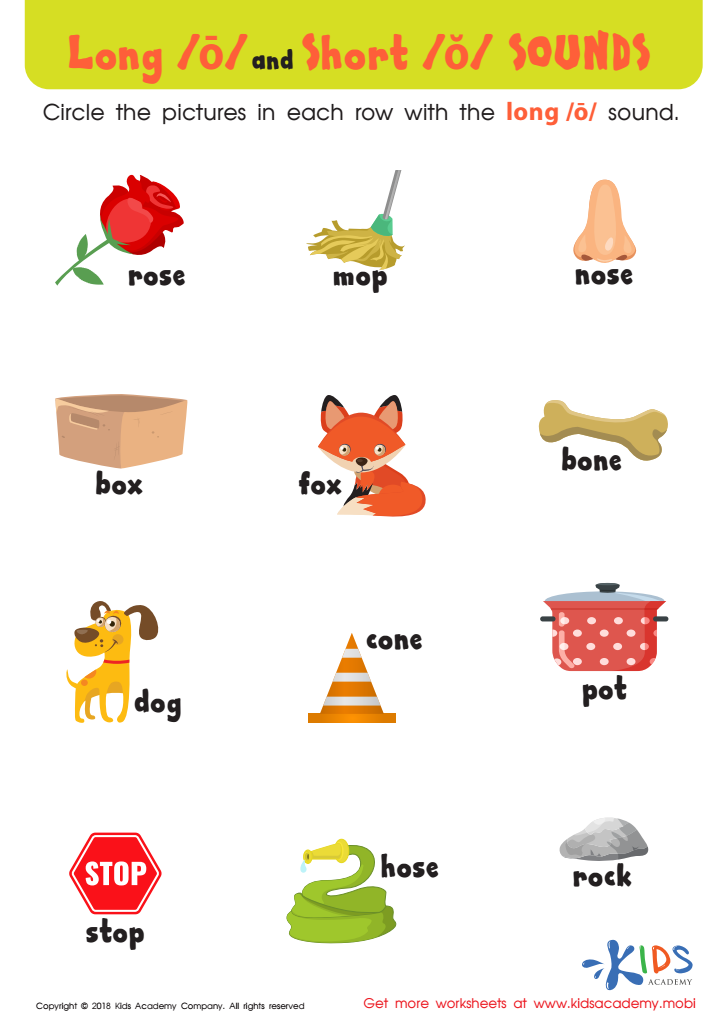

Reading: Long O and Short O Sounds Worksheet


Short Vowels /e/, /i/, and /u/ Worksheet
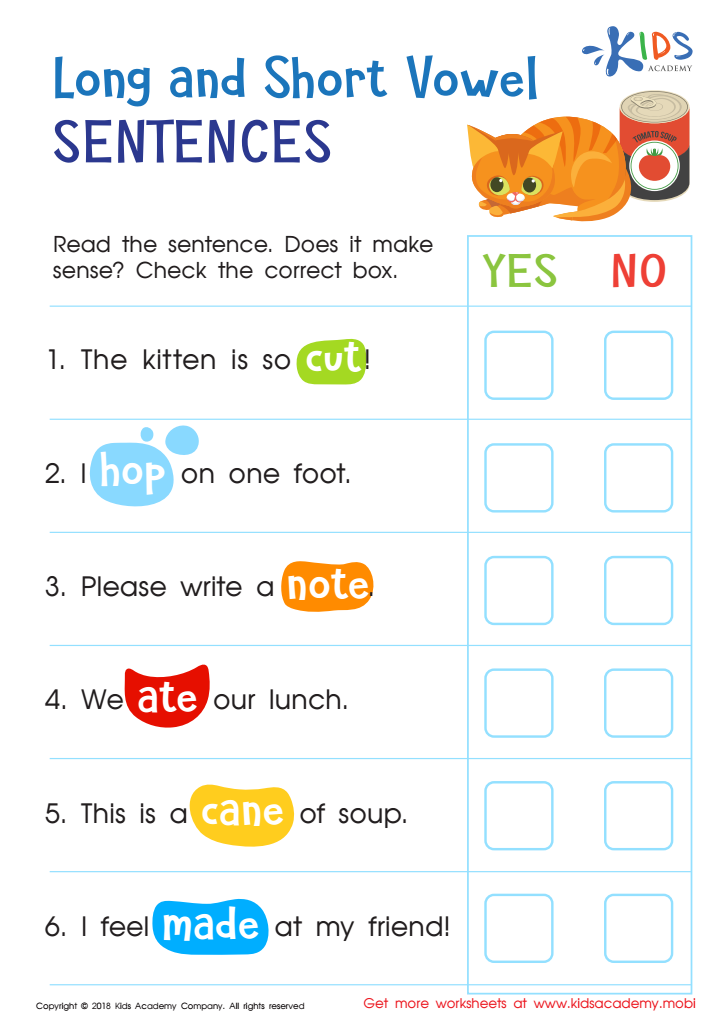

Long and Short Vowel Sentences: Assessment Worksheet


Reading: EA as in Bread Worksheet


Long and Short E Worksheet
Reading comprehension, particularly focusing on normal short vowels, is crucial for children aged 7-8 as it directly impacts their overall literacy development. At this stage, students are moving from learning to read to reading to learn. Mastery of short vowels lays the foundation for understanding phonetics and improves their ability to decode words efficiently. This skill not only enhances reading fluency but also contributes to better comprehension.
When children can confidently recognize and use short vowels, they become more adept at comprehending texts, which is vital as they encounter more complex topics in all subjects. Parents and teachers play a vital role in fostering these skills. By providing targeted practice and engaging reading materials, they can help children build a robust vocabulary and cement their understanding of sentence structure.
Moreover, strong reading comprehension skills nurtured in early education make learning more enjoyable and less frustrating, leading to a greater love for reading. As reading is foundational for success across the curriculum, it is essential for parents and teachers to prioritize developing these skills to support children's academic journey and to encourage a lifelong passion for reading.

 Assign to My Students
Assign to My Students






